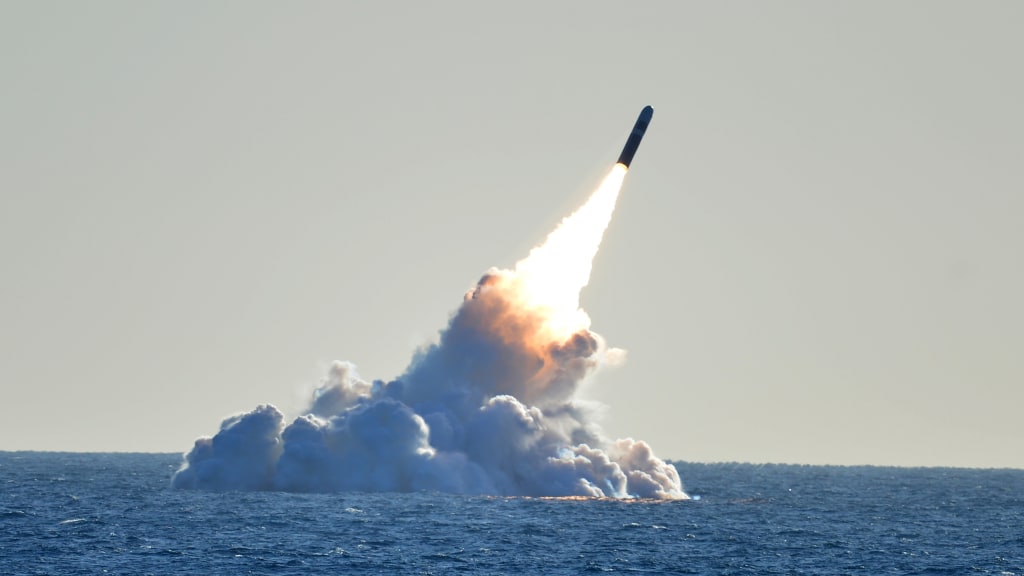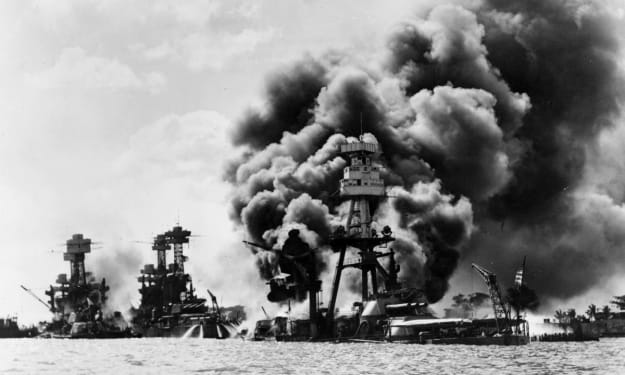
Nuclear weapon
The speed difference between the two isotopes is so small that the process has to be repeated several times to reach uranium 235 at the arms level. Blending requires high temperatures and sizes, and chemical explosions and mass explosions are used to produce the right temperature and quantity.
The thermonuclear weapon or hydrogen bomb depends on the combination of fission and fusion. As a result of the two-phase reaction, a fission bomb explodes and creates a second weapon collision. To conclude this discussion, thermonuclear weapons are not the main problem for the proliferation of fission weapons, but once the technology has been learned, it can be developed.
An atomic weapon (also known as an atomic bomb, an atomic bomb, a nuclear war, or an atomic bomb) or an atomic bomb explosive device (eg atomic bombs and atomic bombs) Nuclear power as a source of explosive power Fusion weapons, also known as thermonuclear bombs, hydrogen bombs or fusion weapons are defined as nuclear weapons in which part of the energy is released by nuclear fusion.
Nuclear weapons are devices designed to release energy by blasting through fission, fusion, or a combination of these two processes. The easiest way to bring a nuclear weapon is to drop a drop bomb from a plane, and this method is used by the United States and Japan.
The only countries are known to detonate or carry nuclear weapons since the first tests were the United States and the Soviet Union, as well as the following nuclear powers: India, Pakistan, and North Korea. The Nuclear Non-Proliferation Treaty recognizes five countries (China, France, and Russia) and the United Kingdom and the United States as nuclear weapons under Article VI of the Convention, but they must not develop or maintain these weapons permanently. Because of the secrecy surrounding how many governments handle information about their nuclear weapons, many statistics are excellent estimates of each state's nuclear arsenals and reserves, including strategic wars and short-term, low-powered atomic bombs (also known as using nuclear weapons).
With the bombing of Hiroshima and Nagasaki in 1945, nuclear weapons were used for the first time in the war, and in the estimated 13,400 nuclear tests taking place on our planet, about 2,000 are still being developed. In the decades after 1945, many countries developed nuclear weapons that were more widely used in Japan, and concerns about the negative effects of such weapons led governments to negotiate arms control treatments such as the 1963 Test Ban Treaty and the Nuclear Non-Proliferation Treaty. in 1968. With thousands of warheads on the rise and a growing number of countries becoming nuclear powers, some researchers say that nuclear war or nuclear winter is always threatening.
The atomic bombings of Hiroshima and Nagasaki on August 6 and 9, 1945 put the United States in a position to be the undisputed nuclear power in the world. But the enormous power behind the development of these weapons during World War II should not have been the end of the Cold War, a conflict that pitted the US and its allies against the Soviet Union and its satellite country. After the Soviets tested their first nuclear weapon on August 29, 1949, both superpowers raised an ante in an attempt to build more powerful nuclear weapons such as a hydrogen bomb.
To prevent the expansion of nuclear reserves, the United States and other similar countries negotiated the Nuclear Non-Proliferation Treaty (NPT) in 1968 and the Comprehensive Nuclear Testing Ban Treaty (CTBT) in 1996. Additional treaties govern countries' "nuclear reserves, and the two largest reservoirs in the US, namely the Soviet Union and the United Kingdom, as well as Russia. nuclear.
This agenda aims to prepare the world to be free of nuclear weapons through a series of dangerous methods including transparency in nuclear weapons programs, further reduction in nuclear weapons, commitment to the introduction of new nuclear weapons, including missiles, non-nuclear and nuclear deterrence, and nuclear deterrence. . Already reduced in the United States and Russia by dismantling obsolete warheads.
An atomic weapon (also known as an atom bomb, atomic bomb, nuclear warhead, or atomic bomb) or atomic bomb is an explosive device derived from a nuclear reaction (e.g. Fission, fission bomb, or combination of fission and fusion reaction) or a thermonuclear bomb. Atomic bombs and atomic bombs are the most powerful weapons that use nuclear reactions as a source of explosive energy. Fusion weapons, also known as thermonuclear bombs, hydrogen bombs, or fusion weapons are defined as nuclear weapons in which a portion of the energy is released by nuclear fusion.






Comments
There are no comments for this story
Be the first to respond and start the conversation.